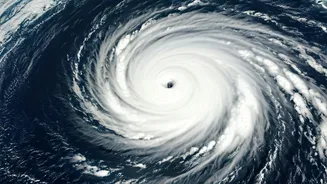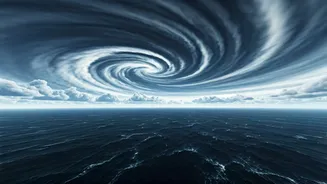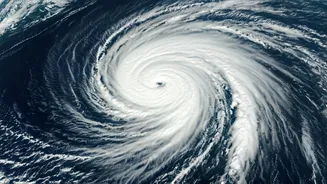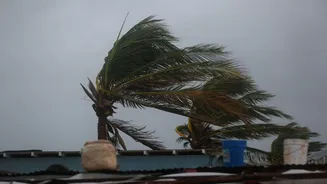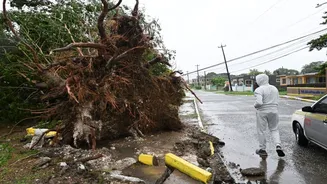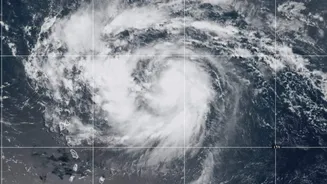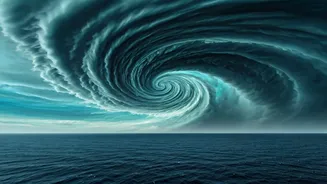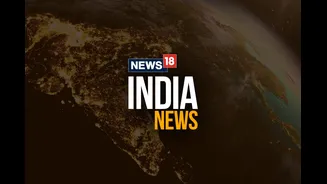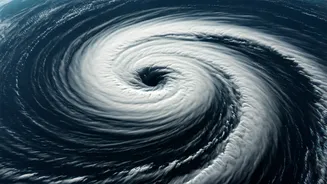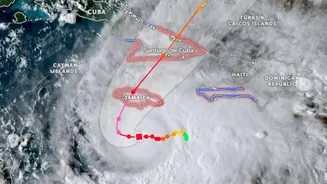Global Storm Patterns
Hurricanes, cyclones, and typhoons are all essentially the same type of weather phenomenon: a powerful, rotating storm system characterized by low pressure
and strong winds. The distinction lies in their geographical location. Hurricanes originate over the Atlantic Ocean and the northeastern Pacific Ocean. Cyclones form over the South Pacific and Indian Oceans. Typhoons develop in the northwestern Pacific Ocean. Despite their varying names, these storms are all fueled by warm ocean waters, which provide the energy needed for their formation and intensification. The Saffir-Simpson Hurricane Wind Scale is used to classify these storms based on their sustained wind speeds, which helps estimate the potential damage they may cause.
Understanding Categories
The Saffir-Simpson Hurricane Wind Scale is a crucial tool for understanding and preparing for hurricanes. This scale categorizes hurricanes from Category 1 to Category 5, based on their sustained wind speeds. Category 1 hurricanes, while dangerous, are generally manageable with wind speeds ranging from 74 to 95 mph. Category 2 storms, with winds between 96 and 110 mph, can cause extensive damage. As wind speeds increase, so does the potential for destruction. Category 3 hurricanes, considered 'major hurricanes,' have winds from 111 to 129 mph. Category 4 storms, with winds between 130 and 156 mph, can result in catastrophic power outages. The most extreme are Category 5 hurricanes, boasting winds exceeding 157 mph, capable of causing widespread and severe damage. There is no Category 6.
Storms Cause Destruction
Hurricanes cause destruction through a combination of high winds, storm surges, and heavy rainfall. High winds can topple trees, destroy buildings, and disrupt power and communication networks. Storm surges, which are abnormal rises in sea level during a storm, can inundate coastal areas, leading to severe flooding and erosion. Heavy rainfall can trigger flooding, landslides, and mudslides. The impact of a hurricane depends on its category, intensity, and the specific characteristics of the affected area, including the terrain, population density, and preparedness measures. Evacuation orders and building codes also play a significant role in mitigating damage and protecting lives.
Differences: Hurricanes, Cyclones, And Typhoons
While the terms 'hurricane,' 'cyclone,' and 'typhoon' are often used interchangeably, they refer to the same type of weather phenomenon: a large, rotating storm system. The only difference is where they form. Hurricanes are the term used for these storms in the Atlantic Ocean and the northeastern Pacific Ocean. Cyclones are what they're called in the South Pacific and Indian Oceans. And typhoons are the name given to these storms in the northwestern Pacific Ocean. All three are driven by the same fundamental principles, involving warm ocean waters and atmospheric conditions that promote the formation of low-pressure systems. These storms can have devastating effects, impacting coastal communities with high winds, storm surges, and flooding. Understanding their commonalities helps in global preparedness efforts.
